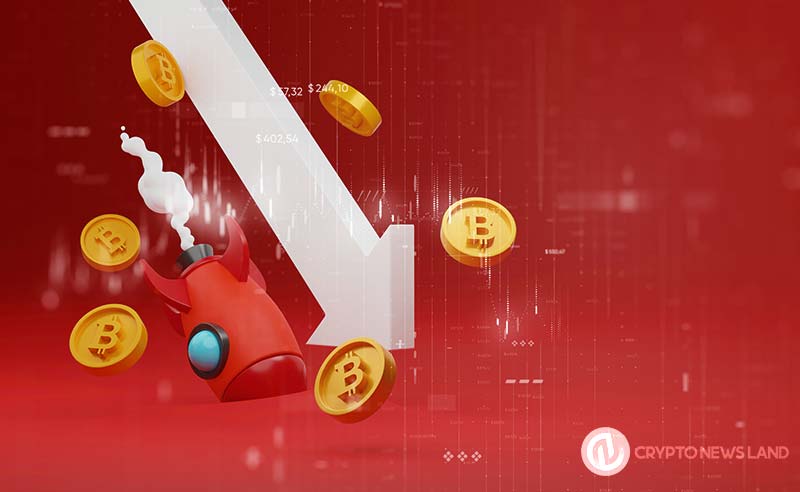- Milei promoted and later rejected the LIBRA meme coin, leading to a 95% price crash.
- On-chain data revealed insider trading, with key wallets profiting millions from the scheme.
- Crypto analysts warn that political figures endorsing meme coins may increase market manipulation risks.
Argentine President Javier Milei faced controversy after promoting the Solana-based token LIBRA which became entangled in a meme coin scandal. A recently deleted tweet from him promoted the coin which triggered its price to rise. The president ultimately removed his backing from the project since he gained access to additional information about it. The rapid change in support triggered a 95% token crash that resulted in investors suffering significant financial losses.
Meme coin launches by prominent figures have become common in the crypto world. Former U.S. President Donald Trump and the Central African Republic’s leader Faustin-Archange Touadéra also endorsed similar tokens. However, these endorsements often end in rapid price declines, highlighting the risks of speculative trading.
LIBRA’s Value Plummets After Milei’s Exit
LIBRA’s value fell heavily after Milei stopped supporting it with a decline from a peak of $4.56 to just $0.19. The market capitalization of this token began above $4.5 billion but currently sits at under $200 million. Investors lost substantial amounts of money when the unrealistic price rally led to its collapse.
The token’s price collapse sparked concerns about manipulation within the market. Crypto analysts noted how LIBRA creators withdrew funds from the token’s liquidity pool which resulted in its market value plummeting.
LIBRA’s Tokenomics Raise Red Flags
Blockchain research platform Bubblegum was among the first to identify serious concerns about LIBRA. The platform revealed that 82% of the token’s supply was concentrated in a single wallet. Unlike Trump’s meme coins, LIBRA did not disclose its tokenomics, raising further concerns.
When the token began gaining traction, its developers manipulated the liquidity pool. They removed Solana and USDC from the pool and replaced them with LIBRA, allowing them to make an estimated $87 million. This pattern suggested a well-planned scheme to deceive investors.
Insider Trading Signals a Coordinated Scam
On-chain analyst EmberCN uncovered further evidence of suspicious activity. The investigation found that three wallets purchased large amounts of LIBRA within seconds of Milei’s tweet. These wallets withdrew funds from centralized exchanges shortly before the promotion, suggesting prior knowledge of the event.
The three wallets identified as Gr3eiF, 2NHGzd, and HyzGo2 bought millions of LIBRA tokens, investing between $500,000 and $1.1 million. They later cashed out, making over $20 million. These findings suggest that insiders planned the pump-and-dump scheme before the token’s public launch.
Crypto Community Reacts to the LIBRA Scandal
The LIBRA controversy has sparked debates about the increasing involvement of political figures in crypto projects. Many experts believe these meme coins are becoming tools for market manipulation rather than legitimate digital assets.
Benjamin Cowen, the CEO of Into The Cryptoverse, also commented on the incident stating that the situation was quite insane but such actions have happened before. Sonic Lab co-founder Andre Cronje claimed there is a transition from the creation of real utilities to the establishment of schemes.



